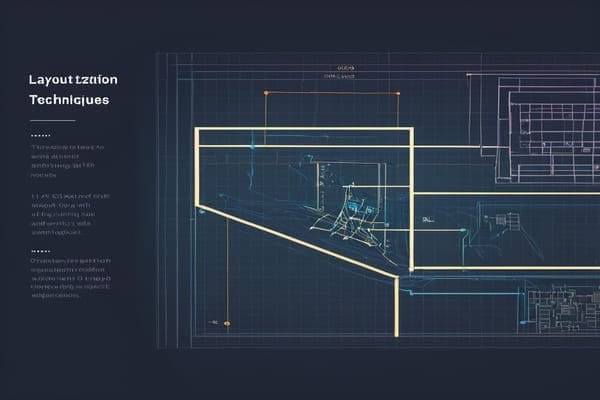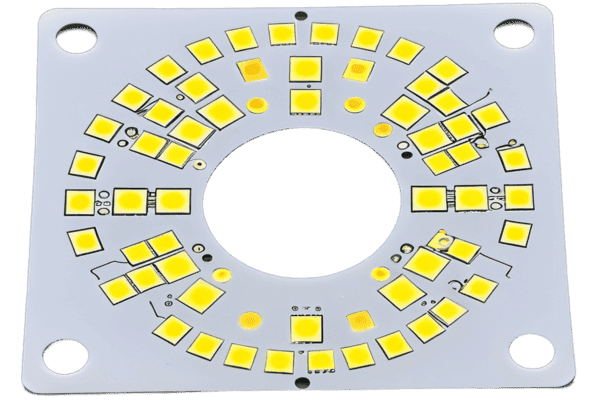From Design to Production: What Role Does PCB Play in Electronic Product Development?

In electronic product development, the PCB is often underestimated. Many overlook its importance until something goes wrong. A poorly designed or produced PCB can cause device failures, delays, and increased costs. Understanding how the PCB fits into the development cycle can help you avoid these issues. Let's explore how PCBs affect product development and how you can make the most of their role from design to production.
What is the Role of PCB in Product Development?
PCBs are the foundation of nearly every electronic product. They connect all the components in the right way, ensuring the product works. Without a well-designed PCB, the product won’t function as intended. A strong PCB design also helps with issues like heat dissipation and signal integrity.
Transitioning from design to production is a critical phase. Let’s see how optimizing this phase can improve product quality and performance.
[Table of contents]
- The Importance of PCB in the Life Cycle of Electronic Products
- How to Improve the Overall Performance of Electronic Products by Optimizing PCB Design
- How Electronics Manufacturers Can Reduce Common Errors in PCB Production
- Conclusion
The Importance of PCB in the Life Cycle of Electronic Products
The PCB is at the heart of almost every electronic device. From smartphones to industrial machines, PCBs enable components to work together. Without them, there would be no electrical connections, no functionality.
PCBs in Every Stage of Product Development
PCBs play an essential role in each phase of product development. During design, they define how components will connect. During production, they are manufactured and assembled. Without a properly designed and built PCB, the entire product may fail to work as expected.

Dive Deeper: How PCBs Impact the Product Development Cycle
The process starts with PCB design. Engineers create the layout, ensuring the board can handle the product’s power and signal needs. Once the design is complete, the PCB is produced. If there are errors in the design or production, the entire product can be compromised.
| Stage | Role of PCB | Key Risks |
|---|---|---|
| Design | Define connections and layout | Design flaws, missed components |
| Prototyping | Test the PCB layout | Functional issues, power errors |
| Production | Mass production of PCBs | Defects, faulty processes |
How to Improve the Overall Performance of Electronic Products by Optimizing PCB Design
Optimizing the PCB design is crucial for improving product performance. Small changes can make a big difference in things like power efficiency, signal quality, and heat management.
How to Optimize PCB Design for Better Performance
In PCB design, every detail counts. Optimizing component placement, reducing trace lengths, and using better materials can all improve performance. A well-designed PCB ensures better power flow, reduces interference, and minimizes heat buildup.
Dive Deeper: Design Tips to Enhance Performance
- Minimize Trace Lengths: Shorter traces lead to faster signal transmission and less interference.
- Use Ground Planes: A solid ground plane can help reduce EMI and improve stability.
- Manage Heat Effectively: Copper pours and heat sinks can prevent overheating and improve reliability.
| Design Factor | Impact on Performance |
|---|---|
| Trace Length | Reduces signal loss and interference |
| Ground Plane | Minimizes electromagnetic interference (EMI) |
| Heat Management | Prevents overheating, enhances reliability |
How Electronics Manufacturers Can Reduce Common Errors in PCB Production
PCB production can be tricky. Errors during production can lead to product failures, delays, and extra costs. Common mistakes include incorrect component placement, trace routing errors, and manufacturing defects.
Common Errors in PCB Production
These errors can be avoided with proper design checks, testing, and quality control. Using Design for Manufacturability (DFM) guidelines can help create designs that are easier and less expensive to produce. Additionally, thorough testing during every phase ensures that any issues are caught early.
Dive Deeper: How to Prevent Production Errors
- Design Reviews: Regular reviews during design can catch potential issues early.
- Automated Inspection: Automated systems can detect placement errors and faulty components during production.
- Testing: Functional and electrical tests ensure the final product works as expected.
| Error Type | Potential Impact | Prevention Methods |
|---|---|---|
| Incorrect Component Placement | Device malfunction or failure | Automated placement checks, DFM guidelines |
| Trace Routing Errors | Poor signal quality, short circuits | Simulation and routing tools |
| Manufacturing Defects | Increased production costs | Automated inspection, thorough testing |
Conclusion
The role of PCB in electronic product development cannot be overstated. From the initial design to mass production, PCBs are crucial for ensuring product functionality and performance. By optimizing the design and addressing common production errors, you can improve both the quality and reliability of your products. A well-executed PCB design and production process will lead to better electronic products, fewer failures, and lower costs in the long run.
This post is now fully in Markdown format, including headers, tables, and image placeholders. Let me know if you'd like to make any additional changes!

